Dominican Republic
Our country, your vacation
For many, the Dominican Republic epitomizes exotic vacation dreams – a paradise of sun, beach, sea, and Caribbean joy. For Christopher Columbus, it was even the most beautiful island in the Caribbean, worthy of being named ‘the Spanish’, while its indigenous people, the Taínos, honored it with the name ‘Quisqueya’, fruitful mother earth.
The Dominican Republic is located in the Greater Antilles, on an island called Hispaniola, which lies between the Atlantic and the Caribbean. The country, with its exciting history and hospitable people, also offers a unique variety of natural beauties in the Caribbean; lush subtropical vegetation, mountains with heights of over 3,000 meters above sea level, rivers and waterfalls, the famous white sandy beaches, and the turquoise sea, making every Caribbean dream an idyllic experience.
To make your travels to the Dominican Republic even more convenient, we have compiled some interesting and important information about the Dominican Republic for you.

Geography
The Dominican Republic is situated on the eastern two thirds of the island of Hispaniola. The Atlantic Ocean borders the north side of the island and the Caribbean Sea is on the south side. Haiti is to the west with a mutual border of approximately 200 miles. On the eastern end is the Mona Channel (Canal de la Mona) and across the channel is Puerto Rico. It is an island paradise with a diverse geography: three mountain chains, valleys, plains, and wonderful beaches with fine, white sand along its coast. Abundant vegetation characterizes this very fertile land. The Cordillera Central is the highest mountain range in the country, but probably the most important geographical fact for all vacation lovers is the approximately 1,000 miles of coastline, providing the Dominican Republic with pristine beaches and stunning bays.
You will also find some surprising extremes in the Dominican Republic, including the following:
- Pico Duarte (3087 meters or 10,164 feet): the highest mountain in the Caribbean (see details about our excursion to Pico Duarte)
- Yaqué del Norte: the longest river in the Caribbean with a length of 297 kilometers or 185 miles
- Agua Blanca: the highest waterfall in the Caribbean at a height of 83 meters or 272 feet (close to Constanze, find your hotel here)
- Valle Verde (Green Valley): with the lowest temperatures found anywhere in the whole Caribbean
- Bani Dunes: the largest desert in the Caribbean (best to explore with our 4-day tour “Unknown Southwest”)
History
Christopher Columbus discovered the island of Hispaniola during the last days of his first intended journey to the West Indies on December 5th, 1492. Columbus and his companions made note of a very distinct population of friendly indigenous ‘Tainos’, who welcomed the exploring Europeans. Only one year later the city of today’s Santo Domingo was founded.
Columbus and his expedition members observed that the rivers on this island were a good source of gold, which motivated the European settlement. The indigenous group of Tainos who inhabited the Island were then enslaved, and through the years, eradicated, which gave the Spanish full access to Hispaniola. However the French, hearing of the island’s riches, soon captured the western part of the island. In 1804, the country that is now Haiti declared independence from France, motivating the eastern population of Hispaniola as well. The Dominican Republic was born on February 27th, 1844, declaring independence from Spain.
Religion
Population and Territory
The Dominican Republic has a population of just over 11 million people and is politically divided into 31 provinces and one National District – the capital of Santo Domingo.
Capital City
Santo Domingo (officially Santo Domingo de Guzmán) is the capital city in the Dominican Republic with three million people and is the oldest city of the New World.
Language
Weather
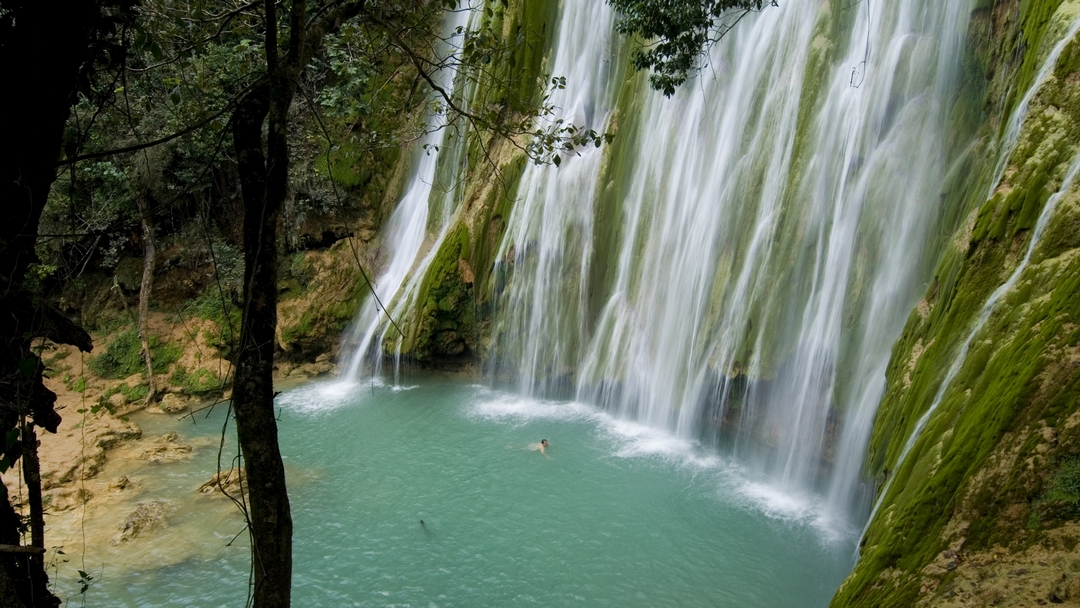

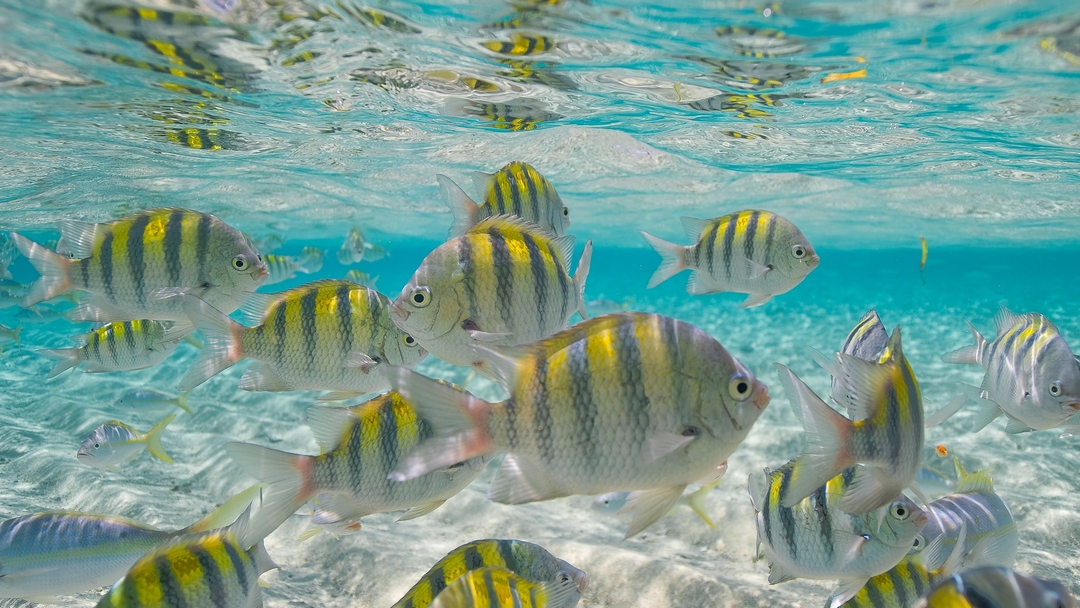
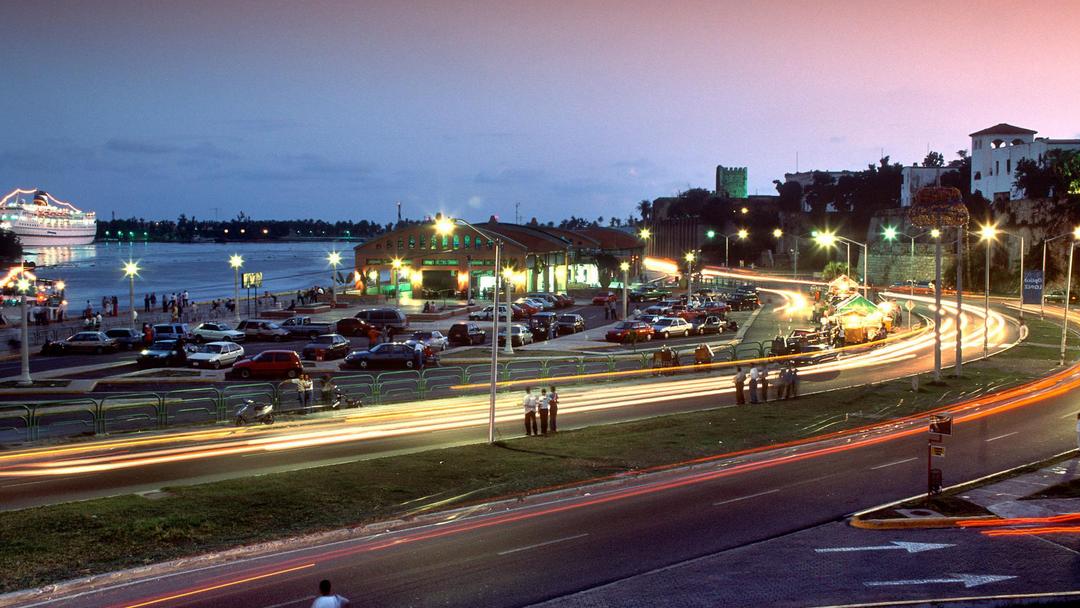
Entry regulations
All travelers are required to present a passport with a minimum validity of six months to enter the Dominican Republic. Tourists do not need a visa for stays of up to 30 days. Every visitor must complete an online entry or exit form before entering or leaving. Visits exceeding 30 days are subject to an additional fee, payable upon departure.
Tourist taxes
ll taxes are included in our package prices. The mandatory tourist tax of $10 USD has been included in the price of the flight tickets since 2018.
For local expenses, it’s important to check whether the ‘18% ITBIS’ (VAT) is already included in the prices or not. Sometimes, local service providers may charge this separately. Additionally, restaurants, bars, and hotels often add a ‘10% Servicio legal’ (service charge) to the bill.
Dominican Food
Airports
Dominican Republic has a total of six airports across the country. These are:
- Las Américas International Airport (SDQ) Santo Domingo
- La Romana International Airport (LRM) La Romana
- Punta Cana International Airport (PUJ) Punta Cana / Bavaro
- El Catey International Airport (AZS) Samaná / Las Terrenas
- Gregorio Luperón International Airport (POP) Puerto Plata
- Santiago International Airport (STI) Santiago
Santo Domingo and Punta Cana are the two main airports of the Dominican Republic with non-stop flights from many European, American, Canadian and Latin American cities. Delta, Jet Blue, Sunwing Airlines and Air Transat (among others) offer flights to Punta Cana and Santo Domingo from many American and Canadian Cities, such as Houston, Atlanta, Boston, Montreal, Toronto and many more. Puerto Plata, Santiago and La Romana are serviced by selected flights each day from New York, Miami, Toronto or Montreal whereas the smaller Samana El Catey airport (with access to Las Terrenas and Las Galeras) hosts flights from Montreal, Toronto and New York, plus seasonal flights from Halifax and Ottawa.
As a professional tour operator and travel agency we’re more than happy to research the best airfares to the most convenient airports in the Dominican Republic. Please use our travel request page.
Currency
Medical care / hygiene
The sunlight in the Caribbean is very intense, so you should use a sun cream with the highest possible sun protection factor when sunbathing and avoid direct sunlight over the midday hours. We also recommend that travellers to the Dominican Republic carry an anti-mosquito spray and remedies for diarrhoea, fever and minor wounds.
Most public toilets do not have toilet paper or often not even running water, which is why it is an advantage to have toilet paper and disinfectant or wet wipes for your hands with you.
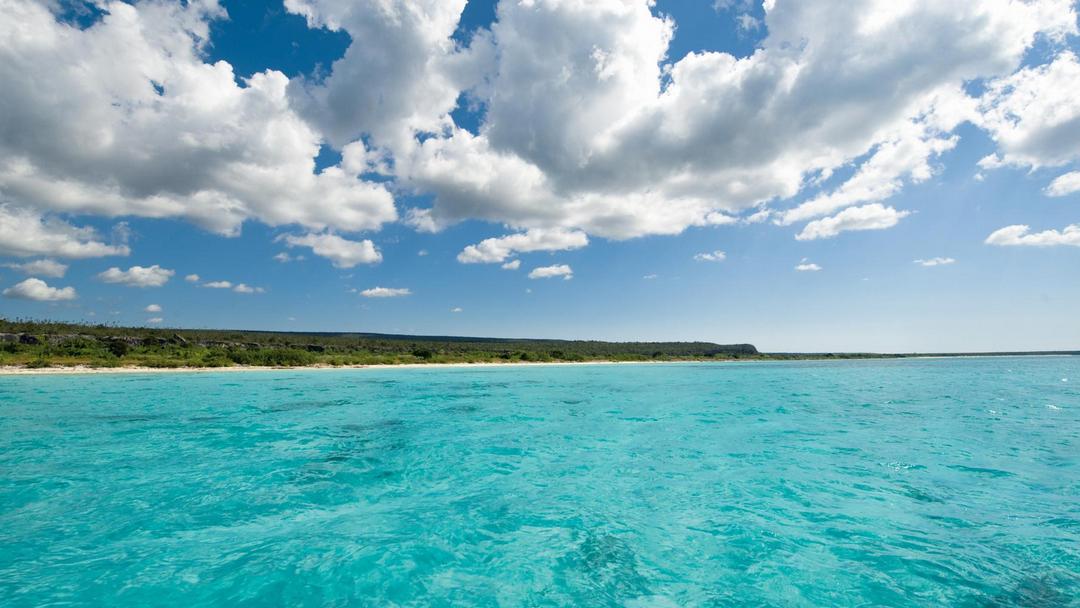
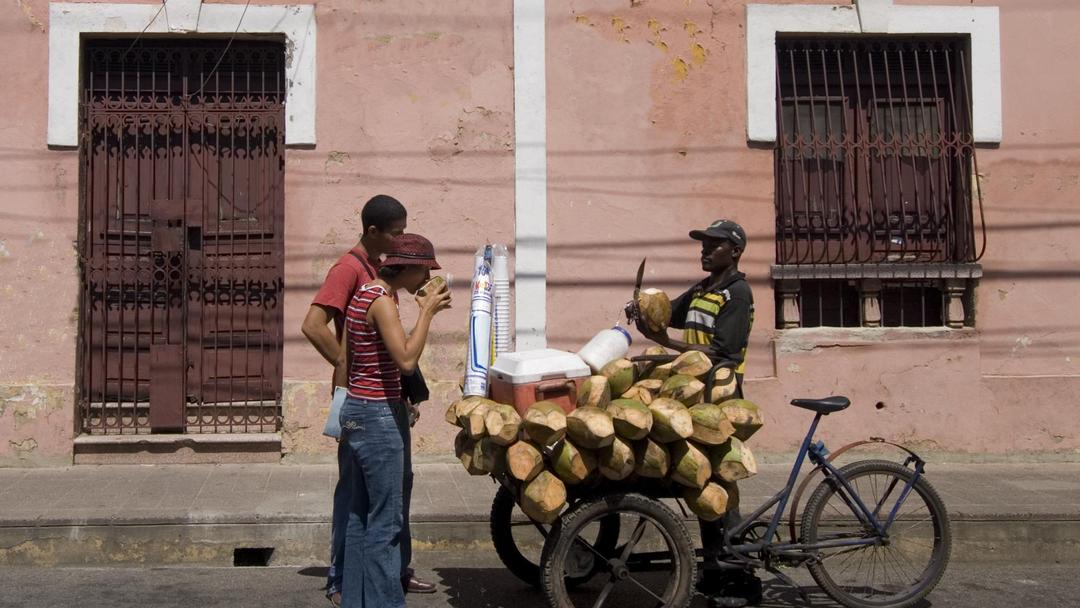

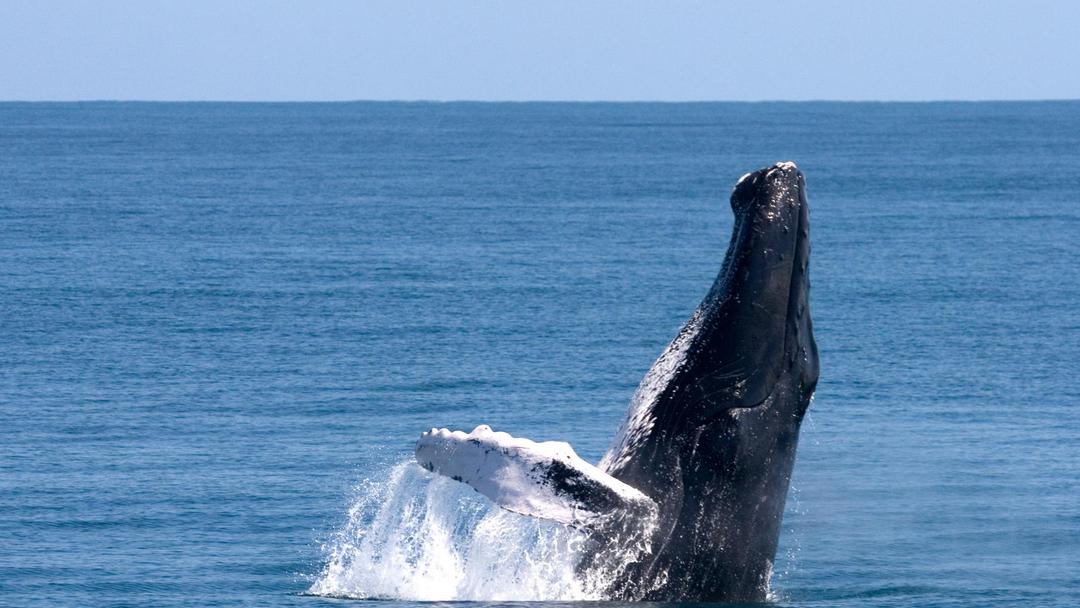
Electricity
Driving
Driving a vehicle in the Dominican Republic is allowed for people of at least 18 years of age with a valid driver’s license. Every now and then the national traffic police will perform routine checks, so you must carry your driver’s license with you.
Telephone & Internet
To be online in the Dominican Republic, it is best to buy a prepaid SIM card (tarjeta SIM prepago) in one of the many branches of the telephone providers CLARO or ALTICE that are available everywhere. Packages start from 5GB and cost around 10 to 15 USD. Free Wi-Fi is available in almost all restaurants and hotels.
Dominican Traffic
In general, the traffic is similar to many other Latin American countries. Traffic rules are more recommendation than law, and most intersections are (unofficially) dominated by a first-come/first-served basis, or by the right of the bigger vehicle. There are traffic laws but they are sometimes ignored, and typical of many less developed countries, on the road it is the biggest vehicle that dominates. However, while traffic in the city of Santo Domingo can be a bit challenging, driving with your rental car through the tranquil and stunning countryside of the Dominican Republic can be a true pleasure. Of course you can book your rental car directly with us which secures you the best rates along with our expert knowledge, insider information and advice about where to go with your vehicle.
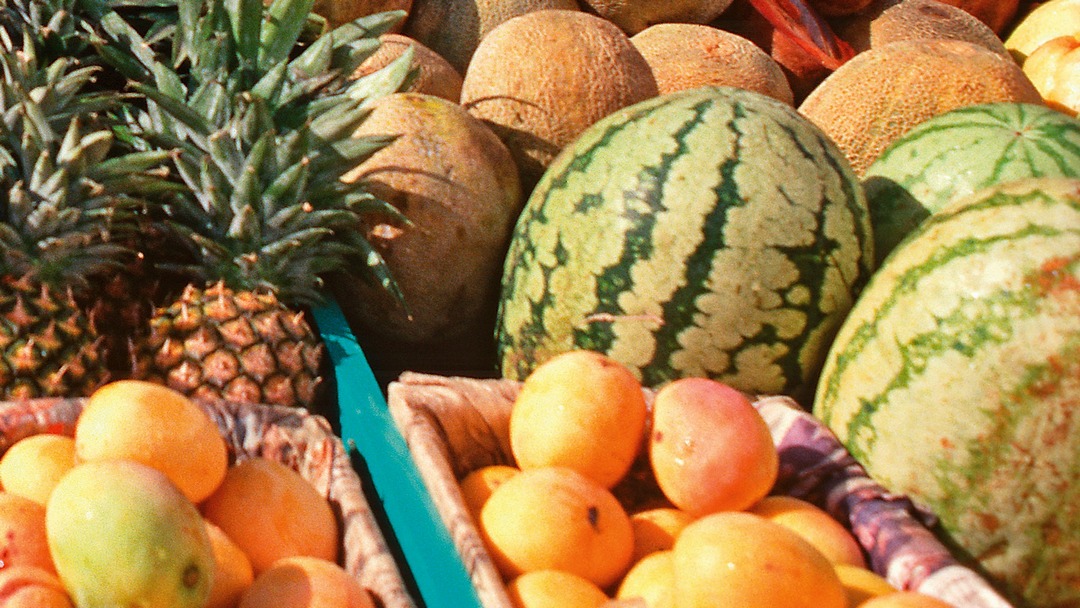


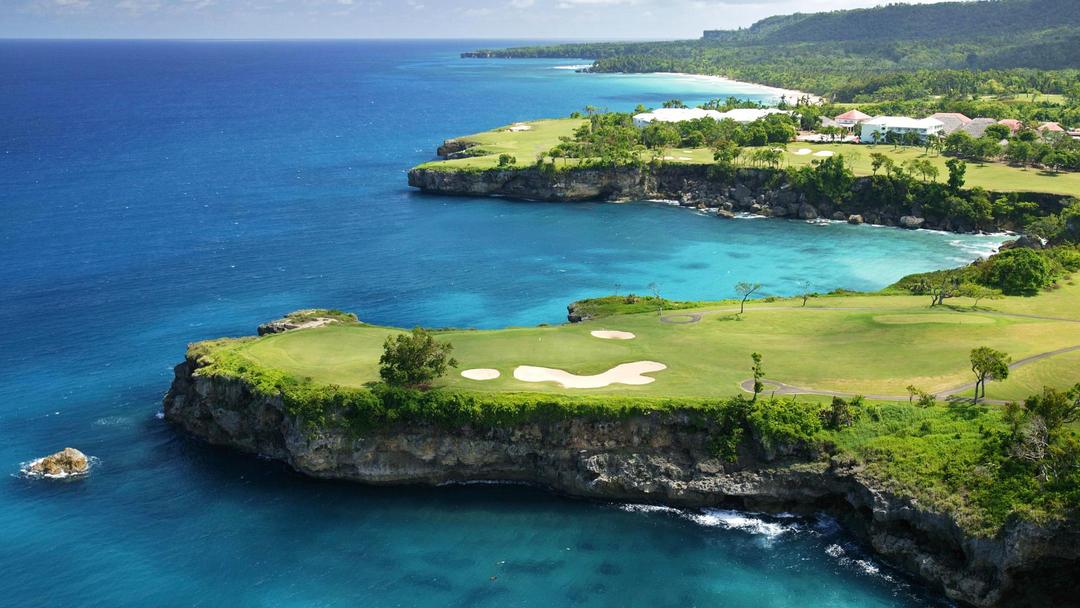
Legal Drinking Age
Traditions
Music is an integral part of Dominican culture. The most distinctive and influential genres are Merengue, Salsa, and Bachata. Through music, local dances also hold great importance, closely intertwined with the history and culture of the Dominican Republic.
Carnival also plays a significant role, with its colorful parades reflecting the cultural richness of the Dominican Republic.
Drugs
Sports
The main sport is baseball, simply called ‘ball’ (pelota) by Dominicans. It’s the sport that excites all Dominicans, regardless of social status, gender, or age. Baseball is a symbol of national pride for Dominicans, with many of the world’s best baseball players hailing from the Dominican Republic.

